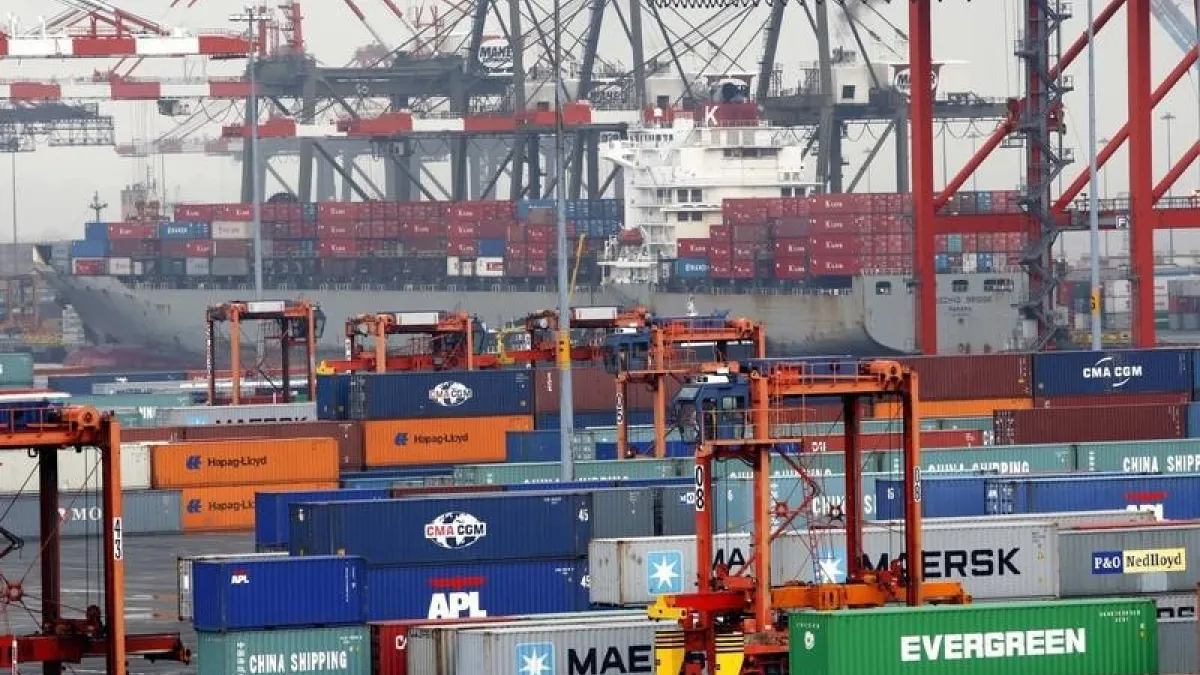
The Trump administration plans to impose new fees on Chinese ships that enter U.S. ports, saying it wants to boost demand for vessels made domestically.
The U.S. Trade Representative posted a 42-page notice in the Federal Register on Friday providing the details of the plan, scheduled to take effect in about 180 days. Under its terms, ships operated by China-based transportation companies would get hit with new fees when they enter U.S. ports, as would ships that were built in China but operated by non-Chinese companies. New fees would also be applied to car carriers made anywhere outside the U.S.
“The Trump administration’s actions will begin to reverse Chinese dominance, address threats to the U.S. supply chain, and send a demand signal for U.S.-built ships,” U.S. Trade Representative Jamieson Greer said in a statement.
The new plan is more moderate than an earlier version, which could have added as much as $3.5 million to a Chinese ship’s delivery costs, with charges applied every time a ship reached a U.S. port. The new fee schedule, which will be phased in over time, is less aggressive and caps the number of times a given ship can be charged in a year. But it will add to the cost of shipping nevertheless, with port fees potentially rising over $1 million per visit, depending on the amount of goods a ship is carrying.
China made it clear Friday that it does not support the plan. “China is strongly dissatisfied and firmly opposed to this,” China’s commerce ministry said. “China will closely follow the relevant developments of the US and will resolutely take necessary measures to safeguard its own rights and interests.”
The plan traces back to an investigation initiated during the Biden administration, prompted by complaints from U.S. labor unions about Chinese domination of the shipbuilding and transport industries. As a result of that investigation, the U.S. Trade Representative found that “China’s targeting of the maritime, logistics, and shipbuilding sectors for dominance is unreasonable and burdens or restricts U.S. commerce,” and is therefore actionable under U.S. law.
Whatever effect the new fees may have on the U.S. shipbuilding industry, it’s clear that domestic capacity has a long way to go before it becomes a serious part of the global market. The chart below from a recent study by the Center for Strategic and International Studies shows just how small the U.S. industry is, with domestic production accounting for less than 1% of global output, which is dominated by China, South Korea and Japan.
Of the big three producers, China is clearly the dominant player. As the CSIS report says, “China’s lead in the global commercial shipbuilding market is huge and growing. The country’s largest state-owned shipbuilder built more commercial vessels by tonnage in 2024 than the entire U.S. shipbuilding industry has built since the end of World War II.”
